When you look back 20 years to the era of brick-like mobile phones, film-based cameras and – scary as it is – no Facebook, it's easy to see how far technology has come. But how far will it go? In the final installment of our "on the go" series we've cast our minds two decades into the future to take a look at some of the most promising mobile technologies that are likely to reach maturity by the year 2031, delivering connectivity, convenience and portability on a science fiction scale.
Touchless screens
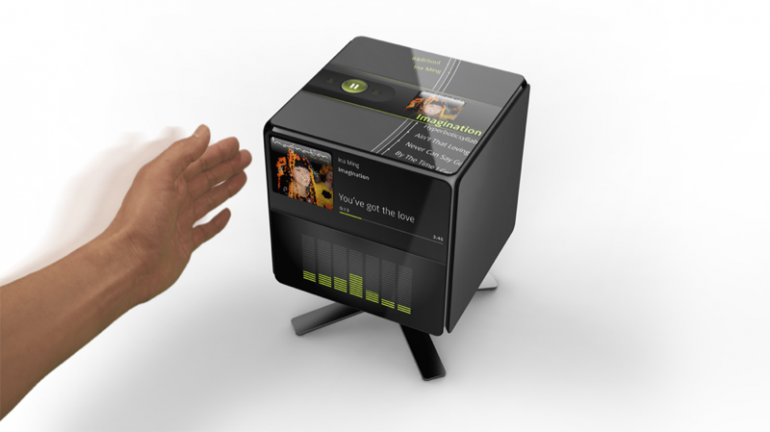
The way in which we interface with our mobile devices is one area set for radical change. Gesture input is still in its infancy, but the recent arrival of motion controlled gaming will quickly spread to the realization of concepts like the Gesture cube, which will soon see us waving our arms about to browse photos, change the radio station, read messages and check the weather.
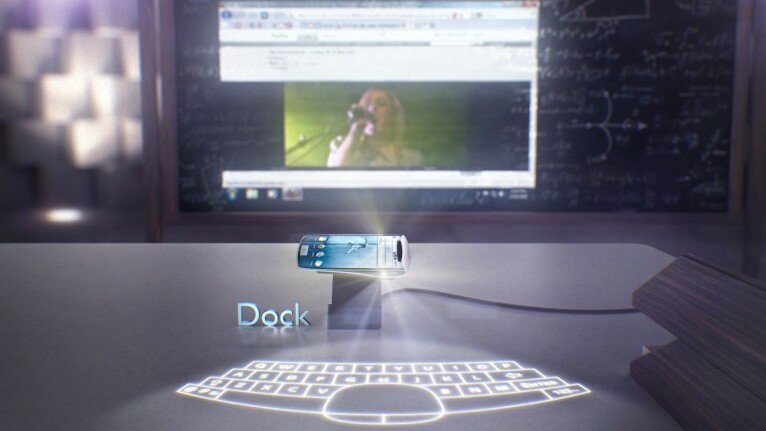
Virtual keyboards will also come of age with concepts like the Seabird Open Web phone, which packs both a projected virtual keyboard and a screen, addressing the need for us to carry our complete digital arsenal in our pockets.
Thought control
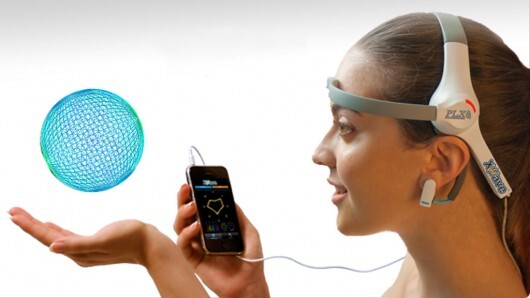
Tapping fingers may even become a thing of the past with the imminent arrival of systems which allow control of mobile devices through eye movement and – really taking it to the next level – thought control. We've seen rudimentary examples in products like the Star Wars Force Trainer and the more sophisticated XWave interface, which can be used to control your iPod using brainwaves.
Eventually we may be able to forget the touchscreen, keyboard and mouse entirely and send messages across the globe using the power of thought.
The body as interface
Another possibility is to dispense with our keypads and use the body itself as an interface. One notable example is Skinput, a device that uses an armband projector to display a controller on your skin and deciphers input by differentiating between the acoustic patterns made by tapping different parts of the body.

Fashion statement
Technology is already deeply ingrained in our daily lives and as the trend continues we won't just carry our mobile devices with us, we'll wear them.

The most obvious candidate for this approach is the mobile phone, and while fledgling attempts to integrate the two – like this little black dress with a built in mobile phone – are by no means on a par with the smartphones we carry in our pockets (you can only program the dress to call one number), that's certain to change in the next 10 years. Wearing our phones could even deliver better reception with the coming of flexible antennas that can be built into clothes and provide a link to low-orbiting satellites.

Not only will our clothes keep us in touch, they'll also keep us from getting lost (GPS enabled ski gloves and radar-packing boots), protect us (defensive electric-shock jacket) and keep us warm in a very non-traditional way (we already have the Oakley Radiator Jacket).
But the area that is really starting to show promise is clothing that provides power. While wearing this LED Cap powered by the sun or solar panels on your trousers have obvious potential, given that you won't always be lazing about in the sunshine, harnessing kinetic energy to charge-up our gadgets seems like the most practical solution. This is already a reality with products like the nPeg power generator, but the efficiency of these systems is set to soar with the development of energy-scavenging nanofibers.
The applications will be many and varied – try Dance Pants on for size. This concept harvests the energy of your running movement to keep the tunes flowing while you exercise.
If the weather turns sour, you might find yourself donning a set of "Power Wellies" – though we hope the current estimate of twelve hours walking for one hour of battery charge can be improved upon.

Nor does it stop at harnessing kinetic energy – what about a mobile phone that gets its energy from speech.
Smart fashion accessories
Not only will you be able to cover up with technology – you'll be able to accessorize as well. Bracelets that double as a solar powered mobile phone and Bluetooth headsets disguised as jewelery are a taste of things to come, but the most obvious candidate for this technology is sunglasses.
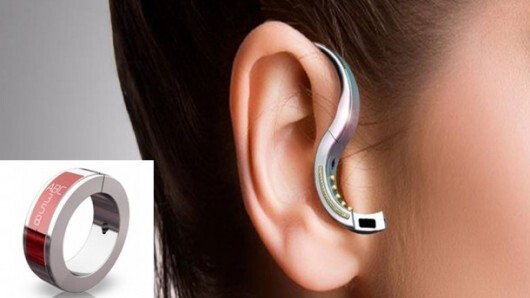
We've already seen numerous examples of cameras and viewscreens embedded into eyewear with the likes of Vuzix 920AR video glasses and more recently, the Lady Gaga approved Polaroid camera sunglasses. These technologies will become more subtle and sophisticated as time goes on – a good example is Docomo's AR Walker augmented reality glasses, which use a tiny display screen mounted on a pair of glasses to augment the world around you by displaying an information overlay. At present these glasses require a connection to a mobile phone to work, but when microelectronics advances make it possible to have them as a standalone unit, you have one very powerful (and normal looking) device that could seamlessly deliver a terminator-like second layer of information about any scene that catches your gaze.
Implantable electronics
Stare just a little deeper into the crystal ball and we'll find ourselves not just wearing electronics, but being electronics – the ultimate in mobile gear!Bionic eyes are being developed to assist the vision impaired, but beyond this there are some incredible possibilities. As well as in-built augmented reality overlays like the glasses discussed above, what about a set of peepers that have the ability to see infra-red or X-ray content, can magnify vision like a set of binoculars or block out bright sunlight and glare so you'd never need sunglasses.

Implants could also augment our hearing (we already have iPod compatible hearing aids), bone conducting teeth implants could double as music players and, though 2031 might be a bit ambitious, our cyborg future could even see our brains become digitally programmable so that learning french or how to fly a helicopter (think The Matrix) is as simple as inserting the right memory card.
Life, cameras, action
The camera glasses mentioned are just the tip of the iceberg in terms of technology that will enable us to record what's going on around us. Not only will the personal computer become a headset, but wearable, always on, camera systems like the Looxcie concept will give us the ability to literally record what we see at all times (though we can't see the off button going out of vogue just yet).One of the most tangible examples we've seen of what image capture will become isn't a wearable device though. The Canon Wonder Camera Concept displayed at World Expo 2010 looks like a regular (albeit futuristic) digital SLR camera, but it takes zoom, resolution, video and technologies like face detection to an extreme level which would enable you to capture your holiday on unprecedented detail and beam all the data wirelessly around the world.

Mobile translation
One of the key barriers that has to be overcome when you are on the go in a foreign land is language – and we wont have to wait 20 years for a solution. Applications that provide real-time translation are evolving fast and following Google's impressive demonstration of its "conversation mode" translation at IFA last year, we can expect to see it leap ahead ... in under a decade it's likely that we'll be able to converse normally with almost anyone on the planet using these systems. Sure beats sticking a fish in your ear.
Programmable matter
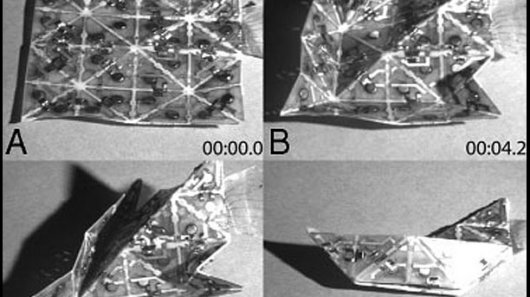
Of course we have only just touched the surface of what technology will bring to our mobile lives in the next two decades (and we'd love to hear your predictions), but a last mention must go to one of the most mind-blowing fields of technology going around – so called "programmable matter". Researchers have already developed a simple sheet of paper that can shift its shape in different ways like some kind of autonomous origami, but in the future this could bring us reconfigurable, modular robots that can turn into almost anything – imagine a fishing rod that could turn itself into a ski-pole, then a spanner ... or a single golf club that could become a 7-iron or a putter depending on the need.



























